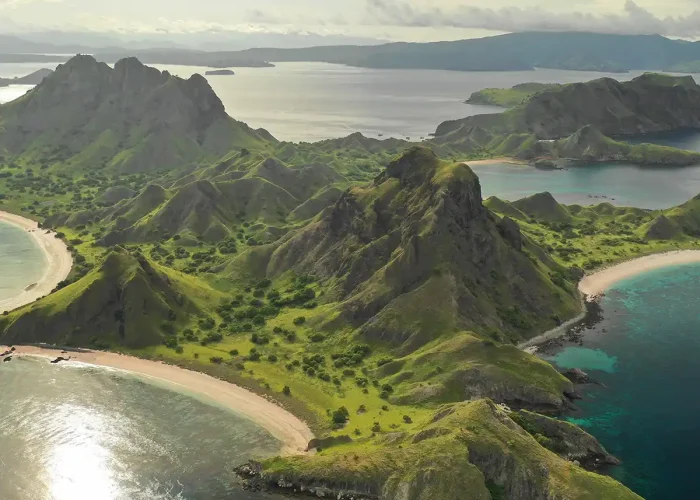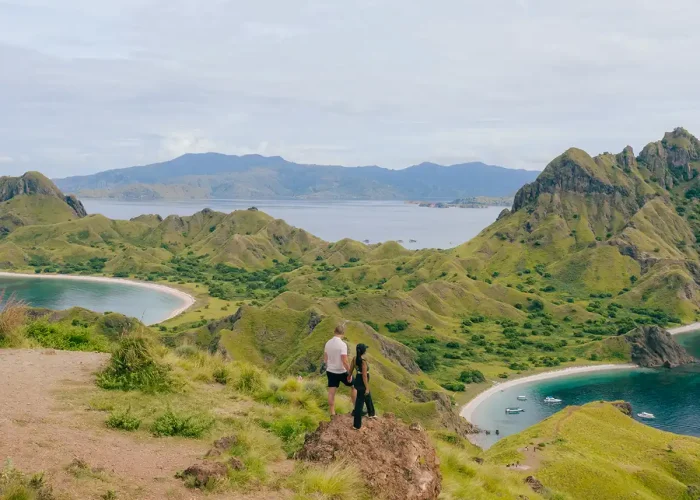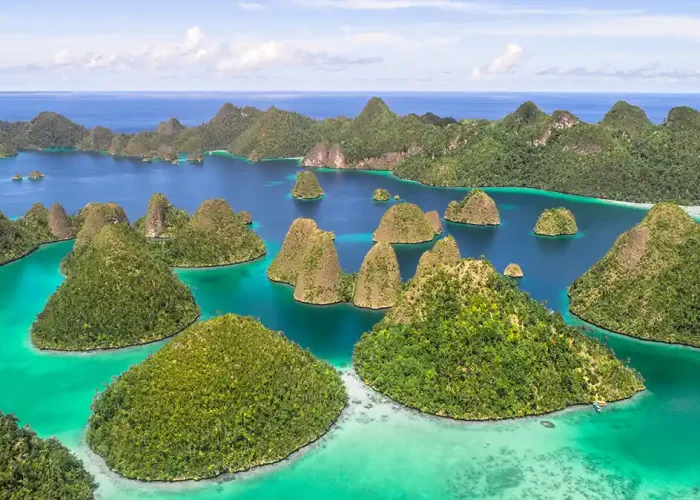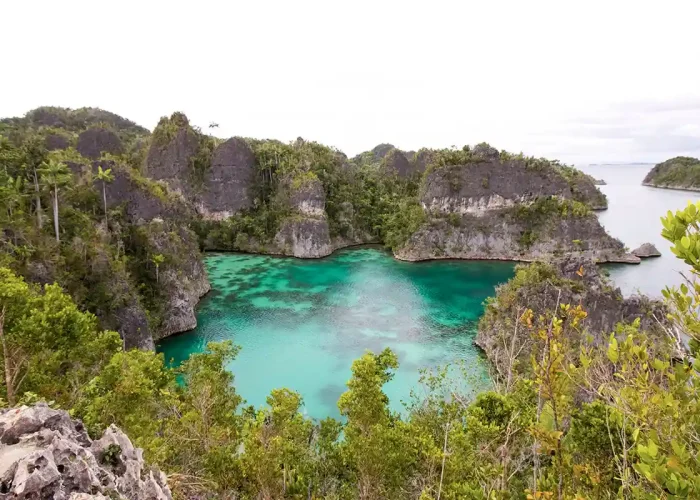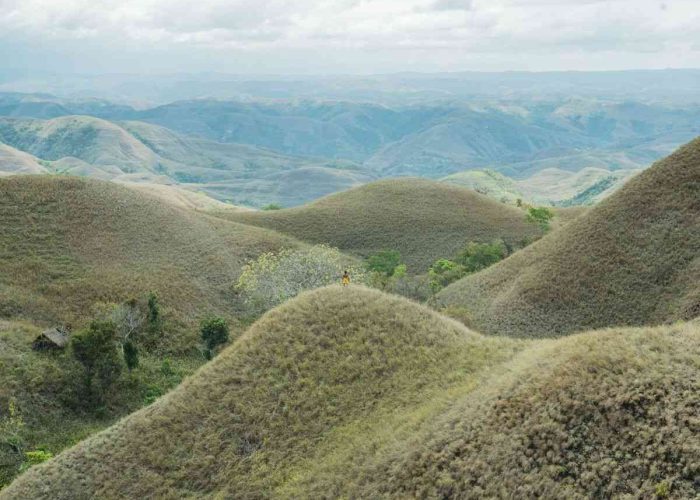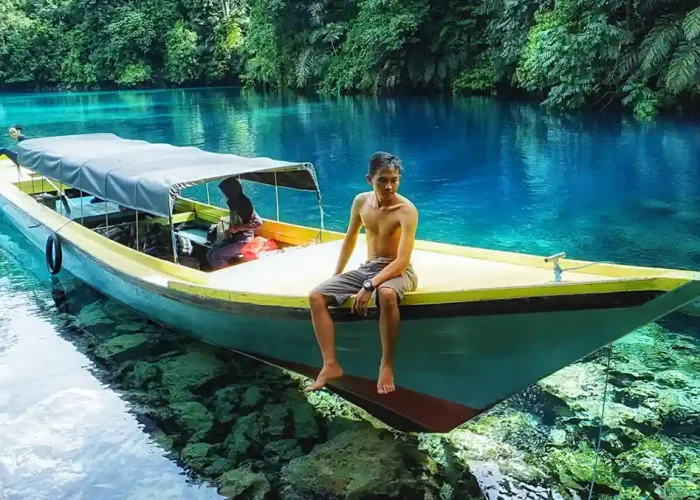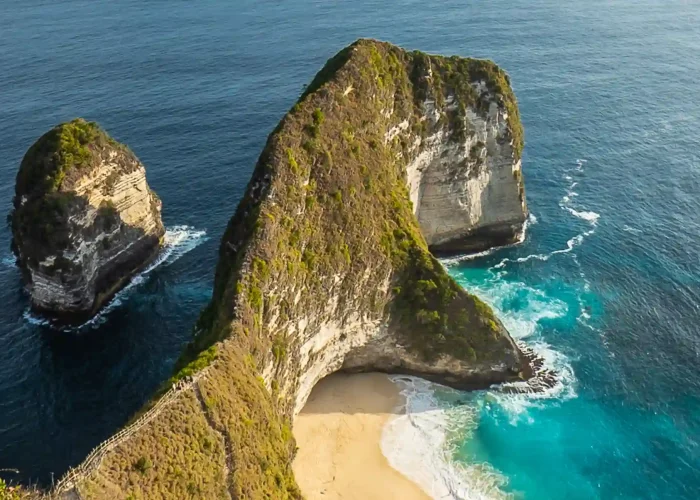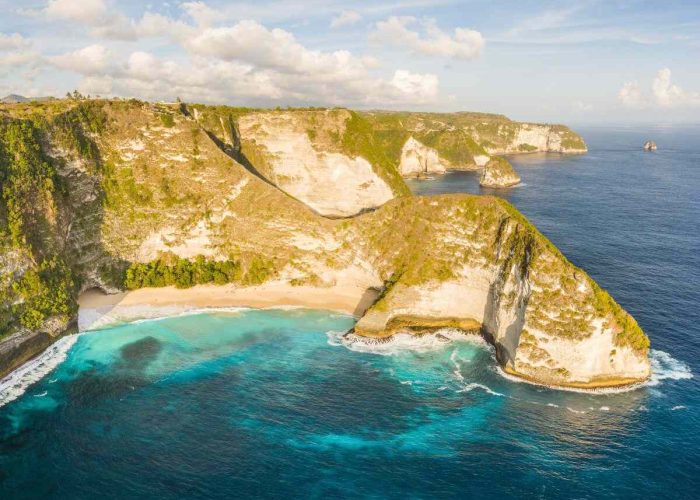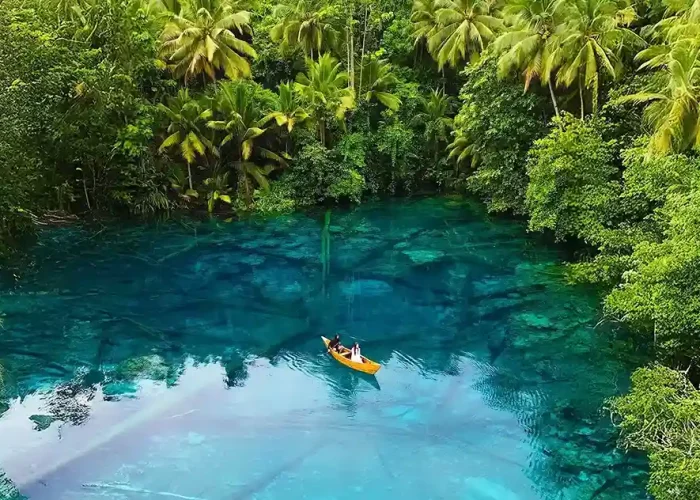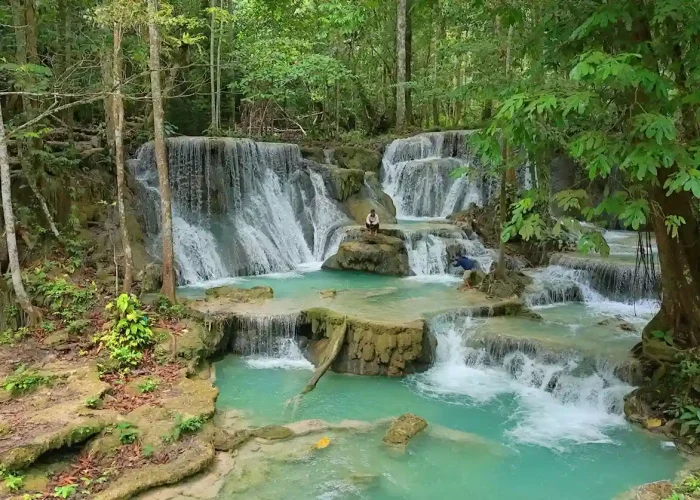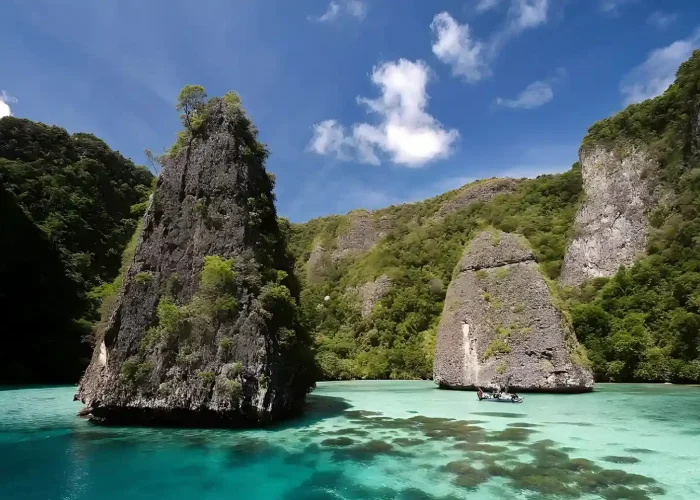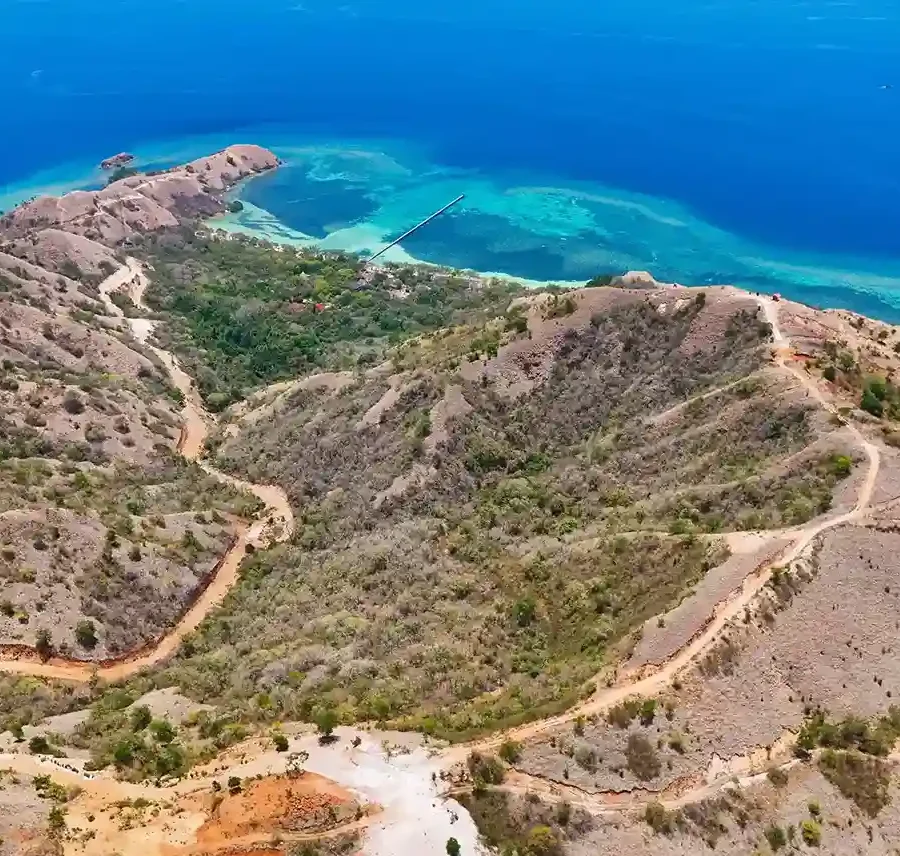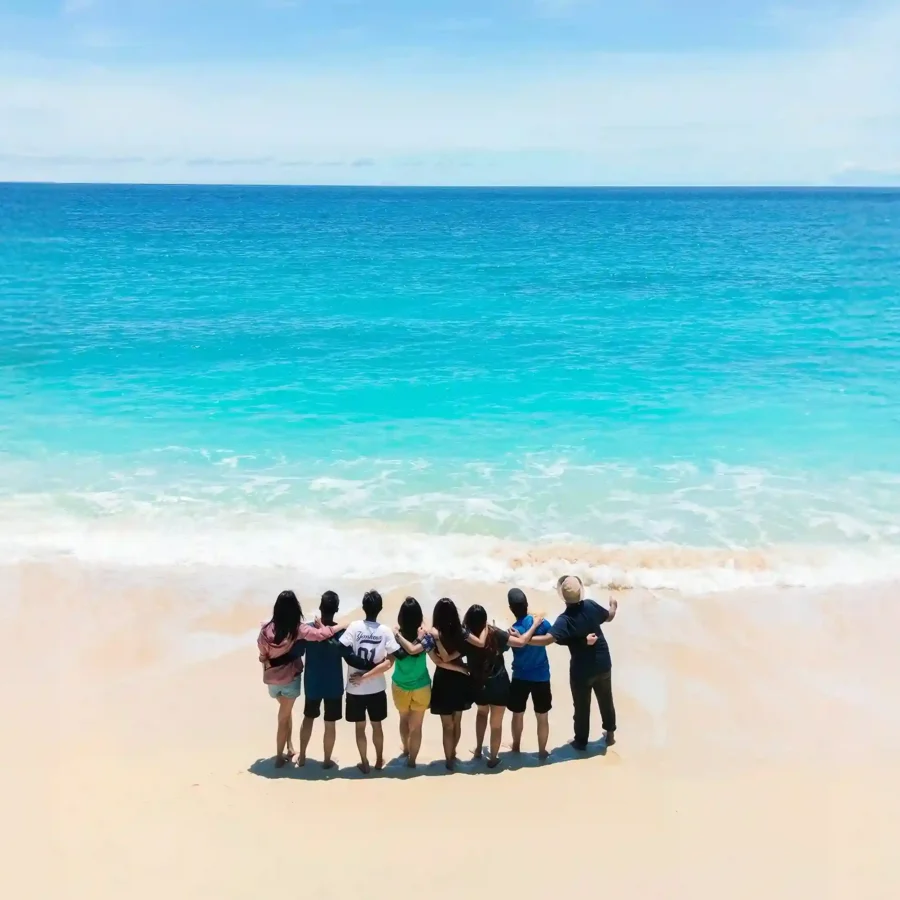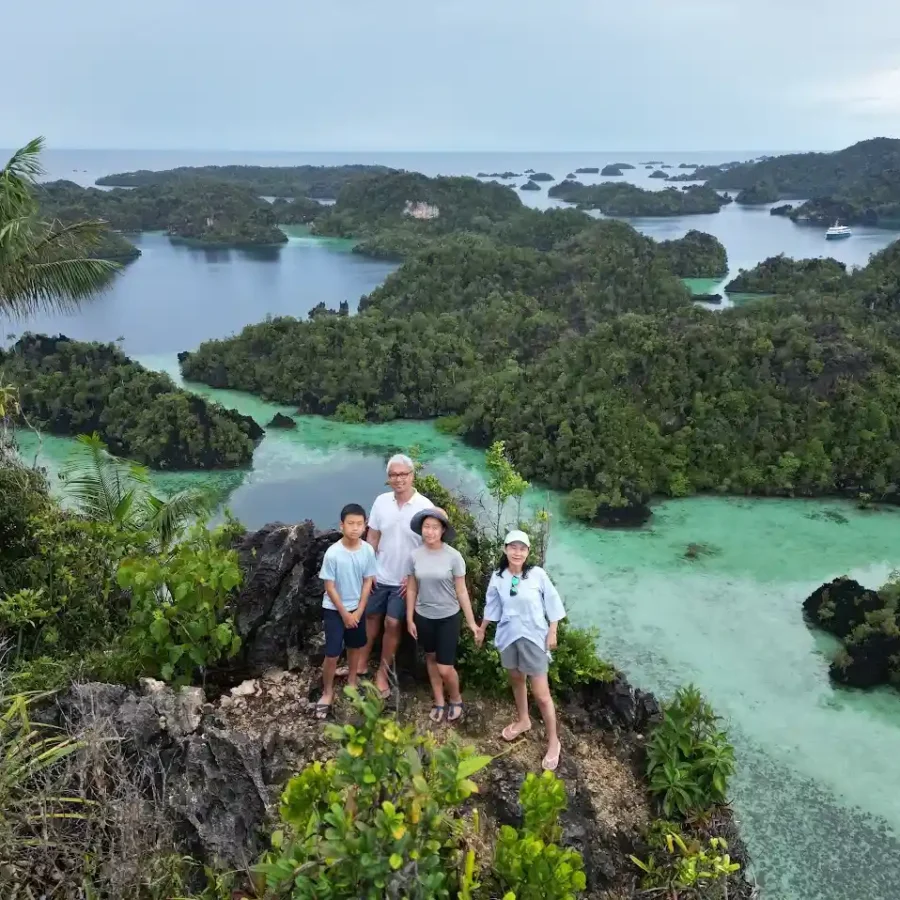Ever wondered what it feels like to live hundreds of years ago, surrounded by a culture that’s rich, sacred, and full of meaning? If you’re curious, then you absolutely need to visit Praiyawang Traditional Village in East Sumba. Here, you’re not just dropping by as a tourist, you’re invited to truly immerse yourself in the life of an indigenous community that continues to preserve their ancestral traditions wholeheartedly.
If you’re into exploring local culture, love capturing ethnic moments with your camera, or simply want a break from the hustle and bustle of city life, stick around and read this article through to the end! We’re going to dive deep into the wonders of Praiyawang Traditional Village. Who knows, maybe after reading this, you’ll find yourself adding Praiyawang to your next travel bucket list.
Table of Contents
A Glimpse of Praiyawang Traditional Village
Praiyawang Traditional Village is located in Rindi Village, Rindi District, East Sumba Regency, East Nusa Tenggara. It’s recognized as one of the key centers of Marapu culture, which is still actively practiced today. Perched on a hill overlooking valleys and the sea, the village exudes a sacred atmosphere and visual charm. The local community continues to uphold their customs and values with deep respect and dedication.
Walking through Praiyawang Traditional Village feels like flipping through the pages of a living history book. Traditional houses stand tall with soaring thatched roofs, typical of East Sumba architecture. Scattered across the village courtyard are megalithic stone tombs, legacies from their ancestors that are still honored today. Elders continue to lead traditional ceremonies with solemn reverence.
The village ambiance is warm and welcoming, making you feel instantly connected to local life. Children play in the open yard, women weave beneath the stilted houses, and men gather to discuss farming or livestock matters in wooden pavilions. Visitors who arrive with local guides are often greeted with genuine hospitality. You might even be invited to sample local dishes while listening to ancestral stories shared by village elders.
How to Get to Praiyawang Traditional Village, East Sumba
To reach Praiyawang Traditional Village, you’ll need to start your journey from Waingapu, the capital of East Sumba Regency. From Umbu Mehang Kunda Airport in Waingapu, continue by land to Rindi Village, which takes around 2 to 2.5 hours. The roads are fairly good, and the route can be taken by car or motorbike. The scenery along the way is refreshing, with rolling savannas and iconic Sumbanese hills on both sides.
Although the village is quite accessible, it’s still recommended to leave early in the morning to make the most of your visit. You can rent a vehicle from Waingapu or join a local tour with a guide to ensure a more insightful experience. Since the village is located far from the city center, make sure you’re well-prepared with snacks and that your vehicle is in good condition. With a bit of preparation, your journey to Praiyawang Traditional Village will surely become an unforgettable cultural adventure.
What Makes Praiyawang Traditional Village Worth Visiting?
There’s a reason why Praiyawang Traditional Village is considered one of the most fascinating cultural destinations in East Sumba. This village offers an authentic experience you don’t just observe, you truly feel it through the atmosphere, the traditions, and the connection with the people. Here are some of the highlights that make Praiyawang stand out.
Traditional House Architecture in Praiyawang
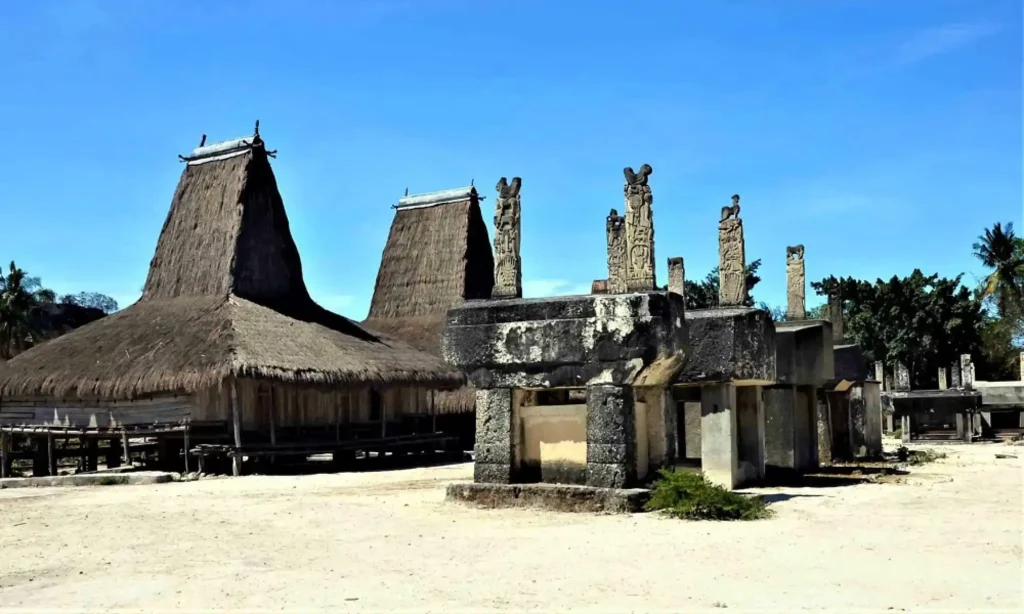
One of the most striking features of Praiyawang is its row of majestic and uniquely designed traditional houses. These structures are called Uma Bokulu, which translates to “big house,” and are characterized by tall, pointed roofs that resemble towers. These towering roofs aren’t just architectural choices, they symbolize the relationship between humans, nature, and the spiritual world. Each element of the house carries meaningful symbolism rooted in Marapu beliefs.
The structure of a traditional house is divided into three main levels. The bottom part is used for livestock storage, the middle serves as the family’s living space, and the top is a sacred area for storing heirlooms and offerings to the ancestors. The village is surrounded by eight main houses, each representing one of the eight noble bloodlines. Every house serves a unique function based on its role in social structure and ceremonial practices.
For example, the Uma Bokulu is used for keeping the deceased and performing royal death rituals. Uma Ndewa is specifically used for baby hair-cutting ceremonies among noble families. Meanwhile, Uma Kopi functions as a communal space where people gather to drink coffee and socialize. At the center of the village, you’ll find massive stone tombs, weighing between one to five tons, that lend a mystical and historical presence to Praiyawang’s core.
Ikat Weaving: A Valuable Cultural Legacy
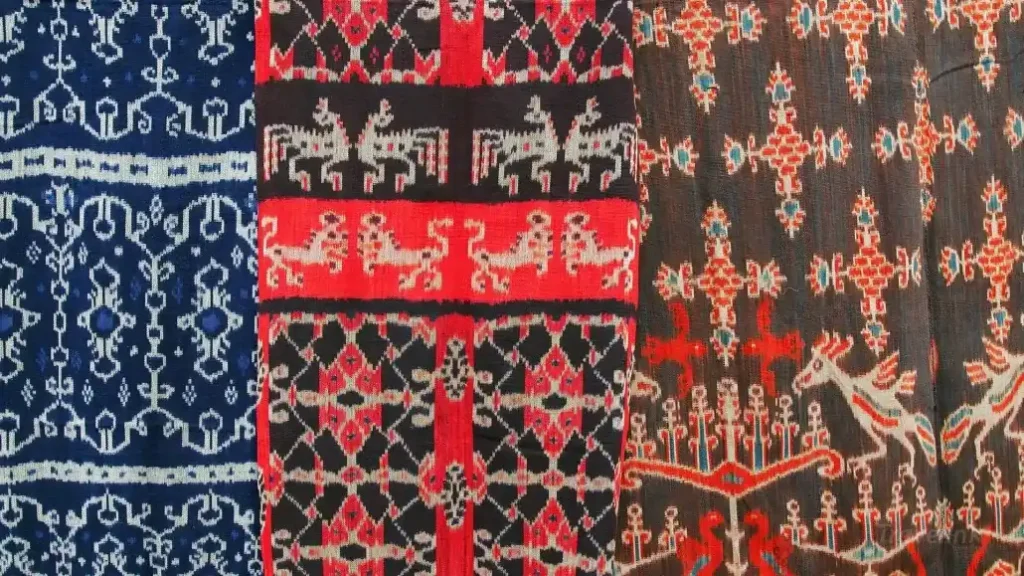
Besides the architecture and traditional ceremonies, another cultural gem you shouldn’t miss in Praiyawang is its ikat woven fabric. In East Sumba, ikat isn’t just clothing, it’s a symbol of identity, social status, and a medium for expressing cultural values. Almost every family in this village possesses the skill of weaving, passed down from generation to generation. The process is still done entirely by hand using traditional wooden looms.
Each piece of ikat carries unique motifs rich in symbolism. Some depict the forces of nature, mythical animals, or protective symbols from ancestral beliefs. The colors also reflect the Sumbanese spirit, bold, strong, and full of life. These fabrics are usually worn during traditional ceremonies, weddings, or funerals, each use carrying its own deep significance.
If you’re curious, you can watch the weaving process firsthand in villagers’ homes. Weaving isn’t a one- or two-day job, some pieces take months to complete, depending on their complexity. If you’d like to bring one home as a keepsake, you can buy directly from the weavers, which also supports the local economy. Each strand of ikat from Praiyawang holds a story and value you won’t find anywhere else.
Megalithic Tombs: Symbols of Honor

In addition to the houses and ikat fabrics, one of the most eye-catching features of Praiyawang is its megalithic stone tombs. In the central courtyard of the village, you’ll see dozens of massive stones that serve as burial sites for noble figures. These stones are carved from Sumba’s karst rock, traditionally shaped and adorned with carvings that reflect the status and honor of those buried within. Their ages vary, with some dating back to the late 1800s.
Among these tombs is one with a tragic backstory, known as Watu Mbeni, which translates to “The Angry Stone.” This tomb was transported to the village around the 1940s by human effort from a distant location. During its descent on a sloped road, miscommunication caused the stone to roll out of control, resulting in a devastating accident that claimed the lives of around 50 to 60 people. Since then, the tomb has been referred to as Watu Mbeni, marking the sorrowful event in village history.
Today, Watu Mbeni is one of the most well-known tombs in Praiyawang. It contains four individuals from the same bloodline, including Umbu Kanabu Ndaung, who was the last to be buried there on May 25, 2023. His remains now rest alongside his grandparents and brother, all within a single megalithic tomb. The story behind this site serves as a reminder that every element of Praiyawang holds not only sacred or historical value, but deep human emotion as well.
Read more: Why You Should Join a Tour to Ratenggaro Traditional Village in Sumba
Explore the Cultural Richness of Sumba with IndonesiaJuara Trip
Exploring the cultural treasures of Praiyawang Traditional Village reminds us that Sumba is home to traditions that are not only visually stunning but also deeply meaningful. From symbolic ancestral houses and time-honored weaving techniques to the stories behind megalithic tombs, everything reflects the strength and uniqueness of the Sumbanese identity. Visiting places like this isn’t just about sightseeing, it’s about truly understanding a culture that continues to thrive to this day. And that’s what sets Sumba apart from many other destinations in Indonesia.
If you’re looking to experience the authentic culture of Sumba firsthand, you can join the Sumba Tour by IndonesiaJuara Trip. This tour will take you to traditional villages such as Ratenggaro and Prai Ijing, where you’ll gain deeper insights into rituals, traditions, and the everyday life of the local communities. Guided by experienced locals, you won’t just be a spectator, you’ll truly feel the strong cultural atmosphere in every village you visit. It’s perfect for travelers seeking a meaningful, different, and unforgettable journey.



